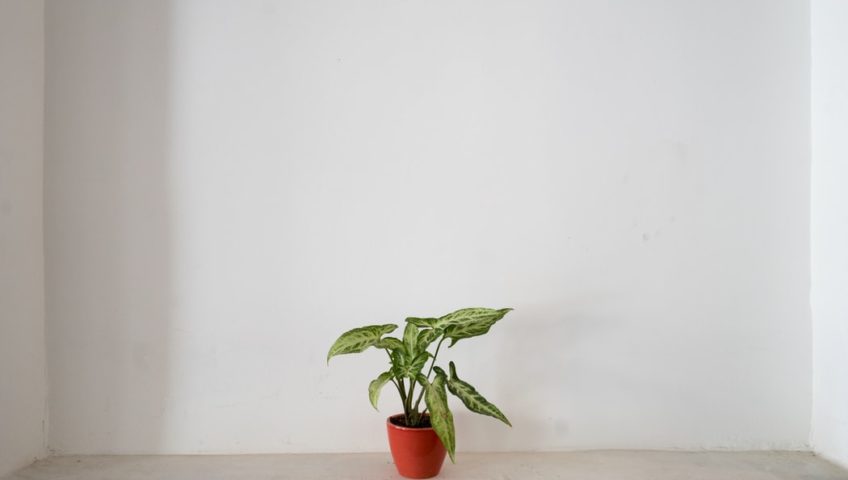All shade is not equal. Some shady conditions will yield much more produce than others will, while some areas are better left for moss. Gardeners should be familiar with the different types of shade, but should also keep in mind that measuring how much shade your garden gets isn’t always easy.
> Syngonium
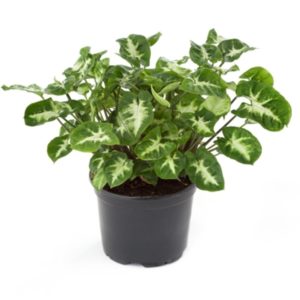
Family: Araceae
Common Name: Arrowhead Plant, Arrowhead Vine, Goosefoot
Botanical Name: Syngonium podophyllum
They are well rounded indoor plants. Arrowhead vines, as the name implies, want to spread out and extended in all directions. Syngonium varieties are easy care plants as long as you remember to water them. They are low light tolerant houseplants and will grow virtually anywhere in your home.
> Peperomia
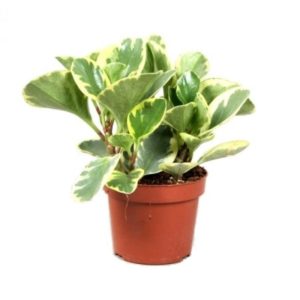
Family: Piperaceae
Common Name: Baby rubber plant, pepper elder, radiator plant, shining bush plant
Botanical Name: Peperomia spp.
The peperomia plant is a smart choice for the beginning houseplant enthusiast. Not only are they forgiving plants that tolerate some benign neglect, but the spectacular variety of colors and textures between species means that you can amass an interesting collection of plants for every style and space, all of which require the same care.
> Hosta
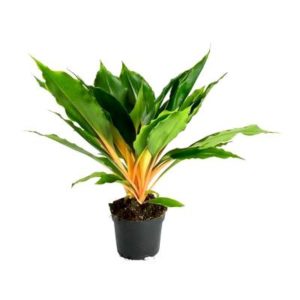
Family: Asparagaceae
Common Name: narrow-leaved hosta
Botanical Name: Funkia
Hosta plants are a perennial favorite among gardeners. Their lush foliage and easy care make them ideal for a low maintenance garden. Although hosta plants are touted as shade lovers, their sunlight requirements vary widely. Successfully growing hostas in the shade depends on color. Hosta leaves come in a variety of greens, ranging from a color so deep it’s called blue to a light chartreuse to a soft creamy white.
> Poinsettia
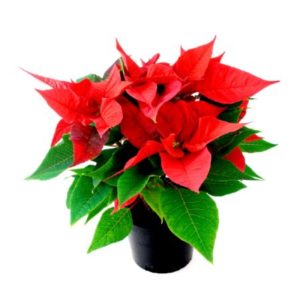
Family: Spurges
Common Name: Poinsettia
Botanical Name: Euphorbia pulcherrima
Poinsettia care begins with proper light, water, and temperature conditions. Poinsettia plants should be watered thoroughly, taking care not to drown them by ensuring adequate drainage is available. Likewise, avoid letting them sit in water-filled saucers, which can lead to root rot. Adding plants nearby can help increase humidity levels in dry rooms, as will humidifiers.
> Hydrangea
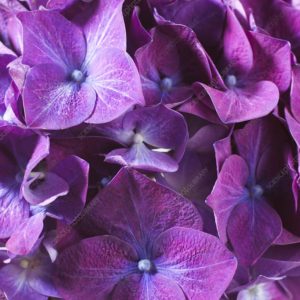
Common Name: Hydrangea
Botanical Name: Hydrangea macrophylla
If you’re looking for a garden flower with show appeal, hydrangea flowers are truly stunning. Large globes of flowers cover this shrub in summer and spring. Although their appearance may seem high maintenance, with the right conditions and care, hydrangeas are actually fairly easy to grow.
> Calathea
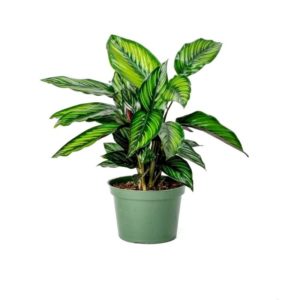
Family: Marantaceae
Common Name: Calathea
Botanical Name: Calathea makoyana
It is a type of plant that prefers indirect lighting, which means makes it perfect for indoor usage and office buildings. Calathea plants are popular for indoor purposes because they are generally easy to care for and they look great, offering bright green plants to liven up indoor spaces. They are famous for their wide, green, colorful leaves. These wide leaves make them popular for areas of low light.
> Areca Palm

Family: Arecaceae
Common Name: Areca palm or Butterfly palm, golden cane palm, or yellow palm
Botanical Name: Chrysalidocarpus lutescens
They like more light than the average indoor environment can supply. Also, there is the persistent challenge of feeding. Areca palms are heavy feeders that can develop yellowing leaves in the absence of magnesium, iron, and trace elements. However, they are also susceptible to fertilizer salts and dislike fluoridated water, which puts many growers at a disadvantage.
>Aglonema
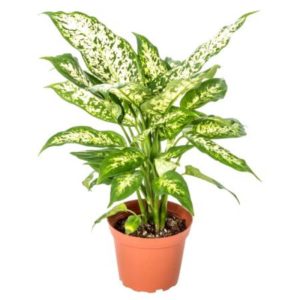
Family: Arums
Common Name: Aglonema, Chinese Evergreen
Botanical Name: Aglaonema commutatum
Aglaonema like to dry out between waterings, so feel the soil with your finger a few inches down to ensure it isn’t moist right beneath the surface. If your plant is in a bright location, then you will want to water it when the soil is dry halfway down the root mass. Rotate your plant periodically to ensure even growth on all sides and dust the leaves often so the plant can photosynthesize efficiently. This is especially important if the plant is in a lower light location, as the plant’s ability to photosynthesize is decreased in lower-light conditions.


